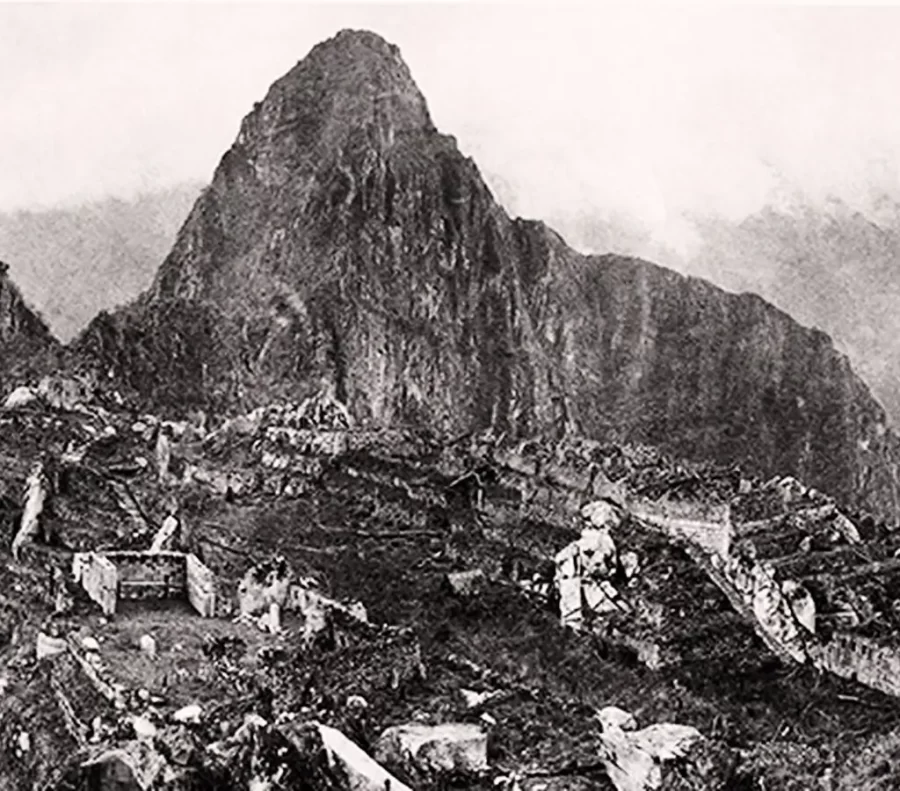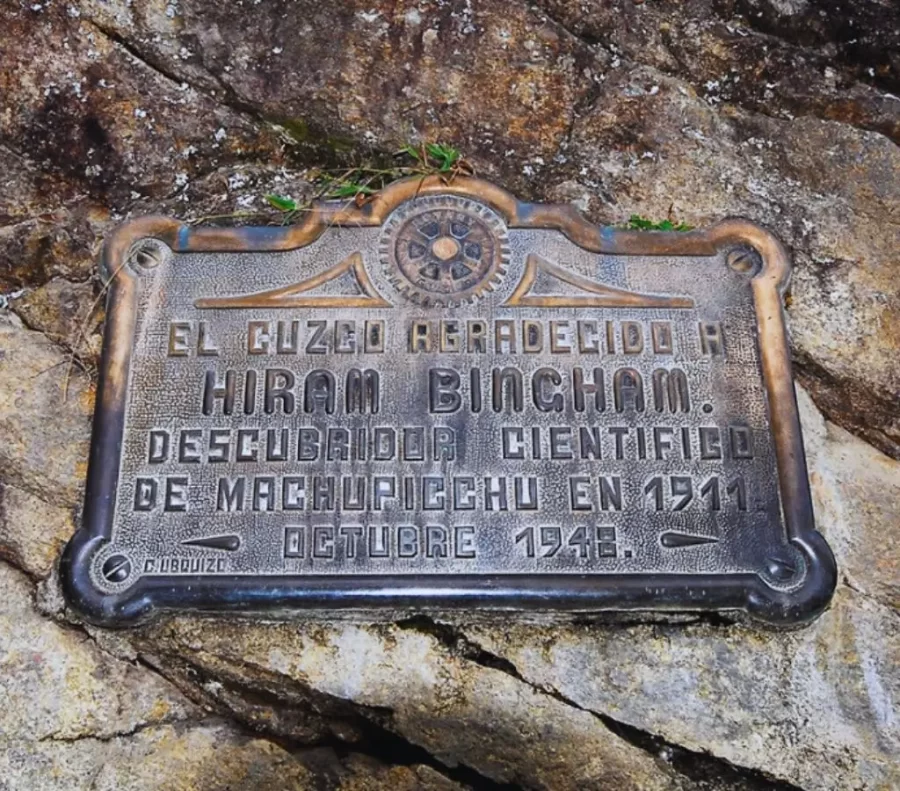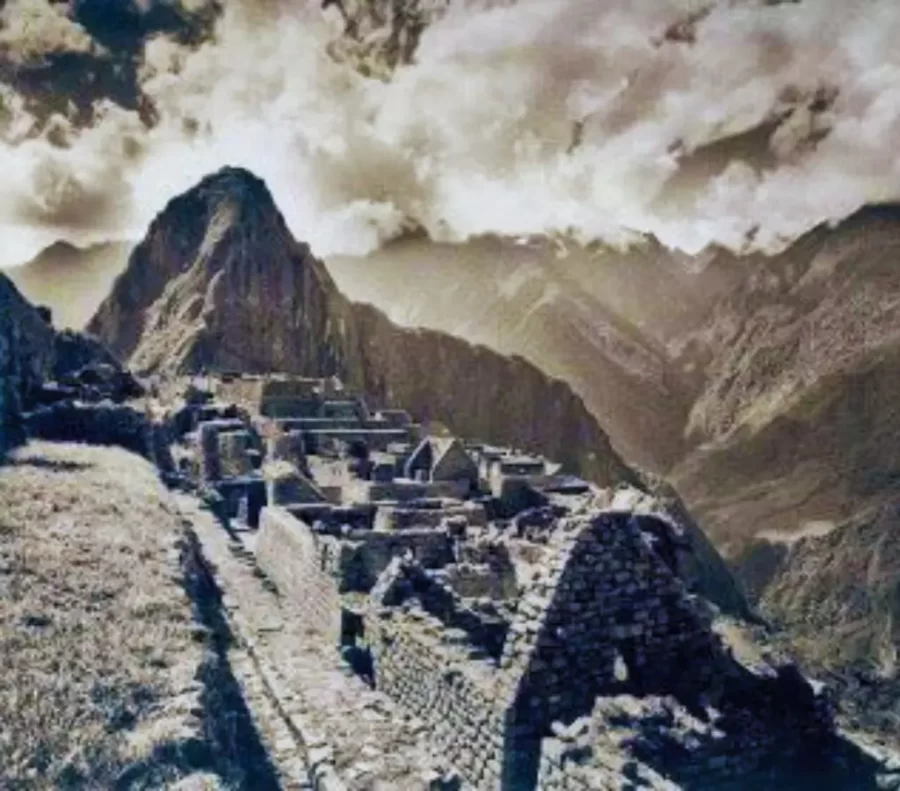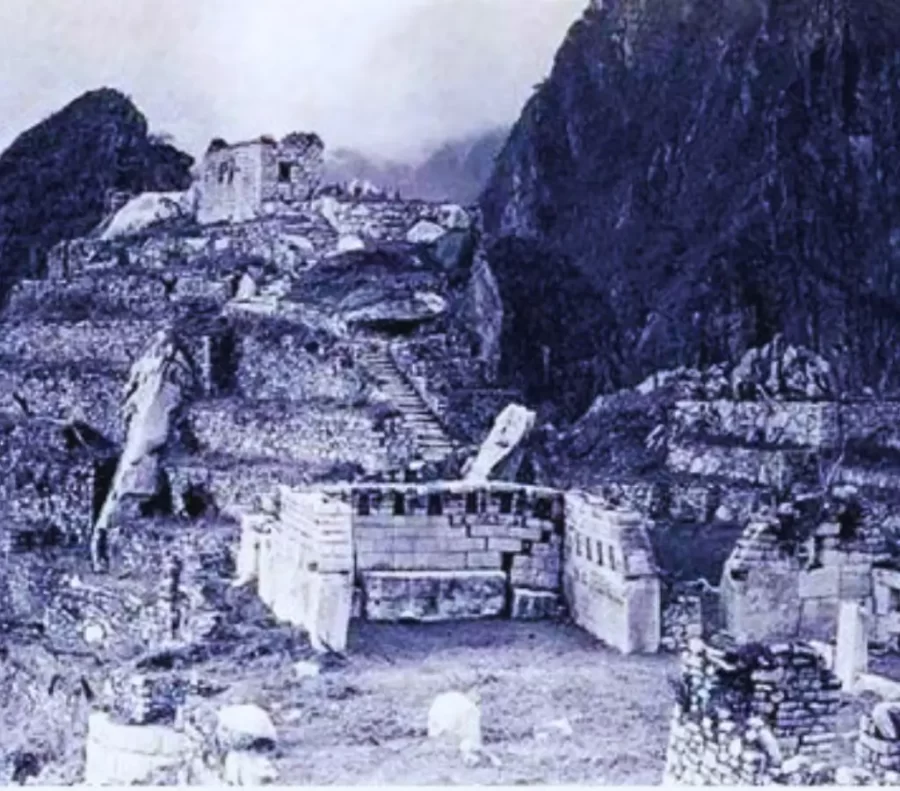The Inca city Machu Picchu keeps mysteries that are still not fully discovered, as well as who was its first discoverer intriguing many researchers and visitors from around the world. There are several stories about its rediscovery and who is the best known is Hiram Bingham who exposes to the whole world the existence of one of the most important and primordial Inca constructions.
In this post we will meet the possible discoverers of the Inca citadel, one who was from Cusco and another American.
Table of Contents
It has been more than 100 years since Agustín Lizárraga first set foot in the Inca city. This discovery took place on June 14, 1902, nine years before Professor Hiram Bingham exposed it to the world and proclaimed himself as the official discoverer.
But let's talk a little more about Lizárraga of Cusquenian origin, the role is not really known yet, but according to the investigations that were carried out indicate that Agustín Lizárraga would be the first discoverer of the citadel.
He was working on the construction of new communication routes and possibly while doing this work he found the immense Inca construction in the middle of the jungle, where he came and went whenever he could.
According to the stories of the area, it is known that A. Lizárraga once discovered Machu Picchu left 2 crates full of ancient treasures that were found in the Inca citadel, it is also said that Lizárraga wrote his name on one of the walls, however, when Bingham rediscovers the Inca city he ordered to erase all traces of this character and he remained as the discoverer.
Death of A. Lizárraga.
According to the men who accompanied Agustín, he was very good at climbing rocks and it is said that on February 11, 1912, he fell into the Urubamba River and the boy who reported the event was the one who was accompanying him, a version told by German Echegaray.
Romulo Echegaray tells us another story where A. Lizárraga was working for Hiram Bingham and was in charge of recovering the Inca terraces and enclosures that were in the place and every time they needed some tool they had to go down to the lower part and come back up; but it happens that Hiram had called Lizárraga to go down and that is where he gets lost in the waters of the Apurímac River.
It is not really known how, when and under what circumstances Lizárraga died, they are only events recorded by people, since his body was never found and all evidence that he had first found the Inca citadel Machu Picchu was eliminated.
Hiram Bingham decided to make an expedition to Peru with the help of Yale University. Initially, Bingham wanted to discover the capital of the descendants of the Incas, but he ended up discovering one of the most important constructions in the world.
H. Bingham was born on November 19, 1875 in Honolulu, today he is known as the rediscoverer of the citadel of Machu Picchu, as we said that in the beginning he was looking for the lost city of Vitco, but manages to rediscover a city that had possibly already been discovered by others.
Professor Bingham's discovery was made with scientific interest and his finding paid off and with this discovery he contributed to Peruvian Inca history and archaeology. The exact date when Machu Picchu was redescdiscovered was July 24, 1911 and was guided by the settler Melchor Arteaga and his sergeant Carrasco.
According to the testimonies they told, it is said that in the place they found two families living, identified as the Recharte family and the Álvarez who used the southern terraces to cultivate their products and also used the water that ran through the Inca canals.
In Bingham's book "The Discovery of Machu Picchu" he recounts his first impression when he found the Inca citadel: I suddenly found myself standing in front of the walls of a ruin and houses built with the finest quality of Inca art. The walls were hard to see, as trees and moss had covered the stones for centuries. But in the shade of the bamboo and climbing bushes were the visible walls made of white granite blocks cut with the highest precision. I found shining temples, royal houses, a large square and thousands of houses. I seemed to be in a dream.
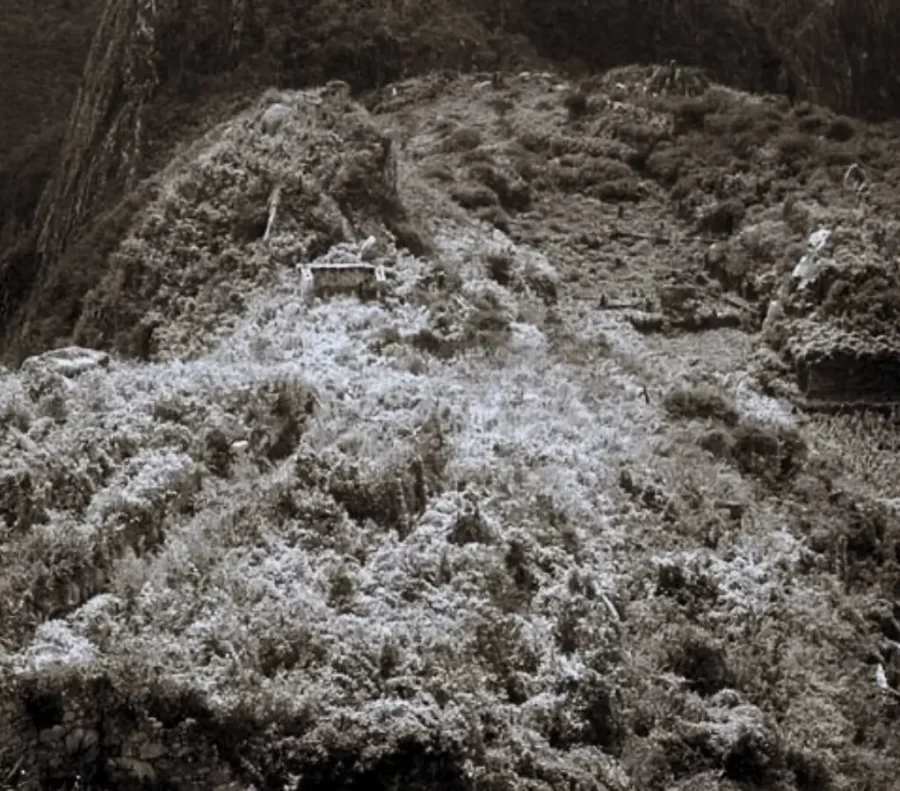
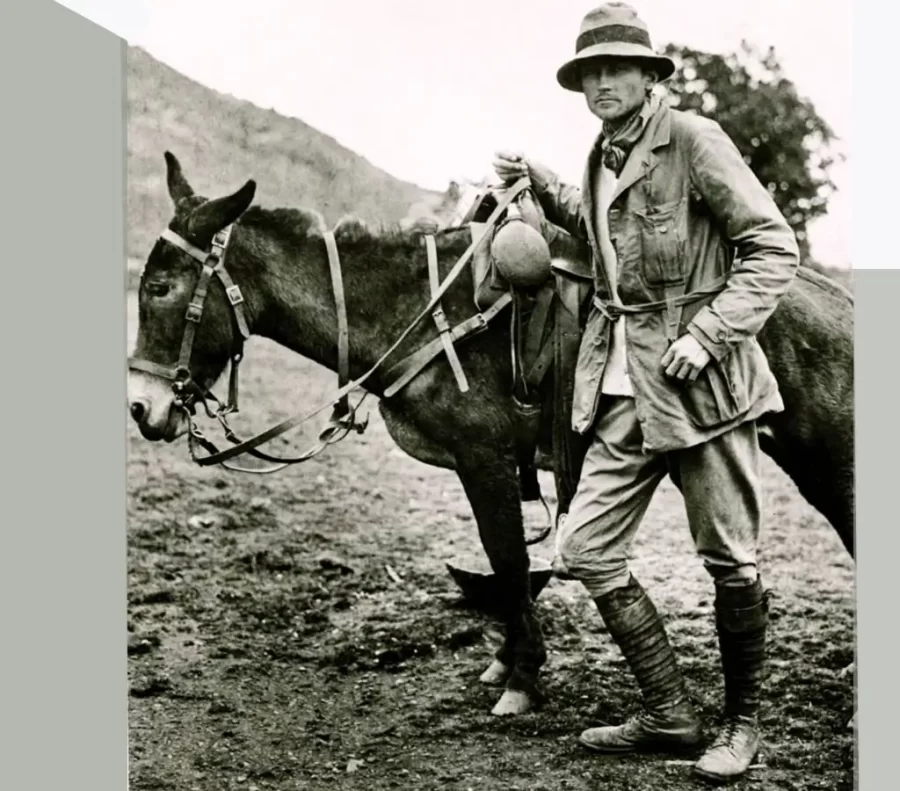
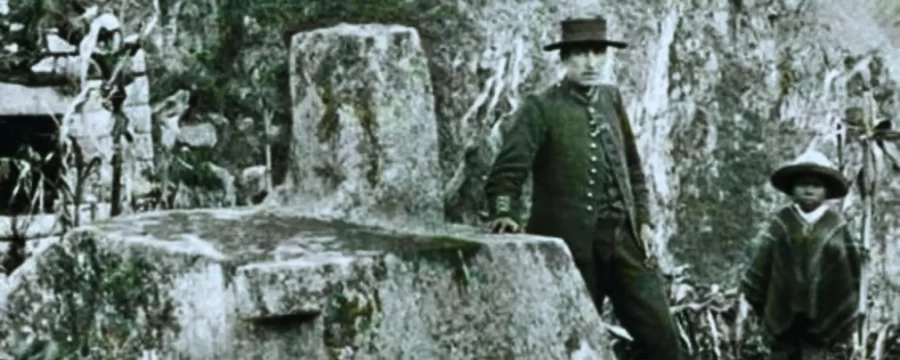
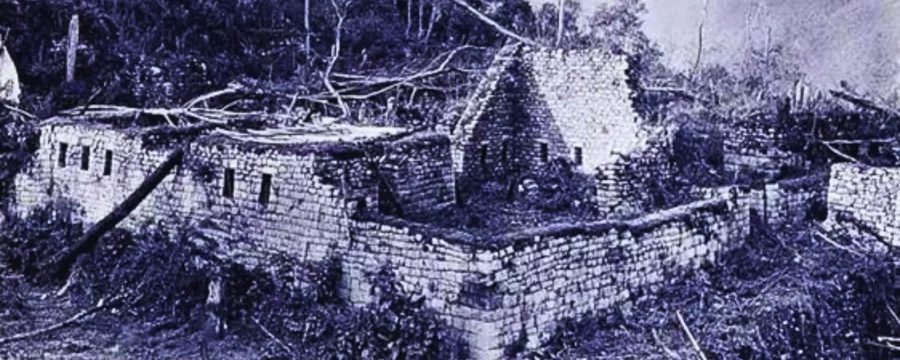
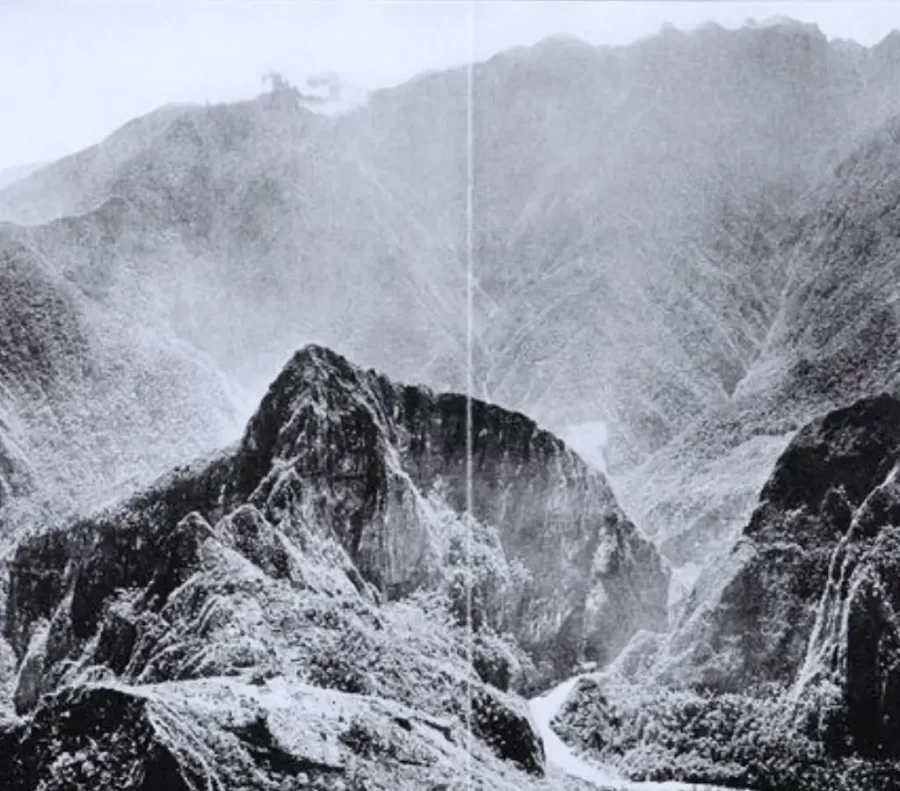
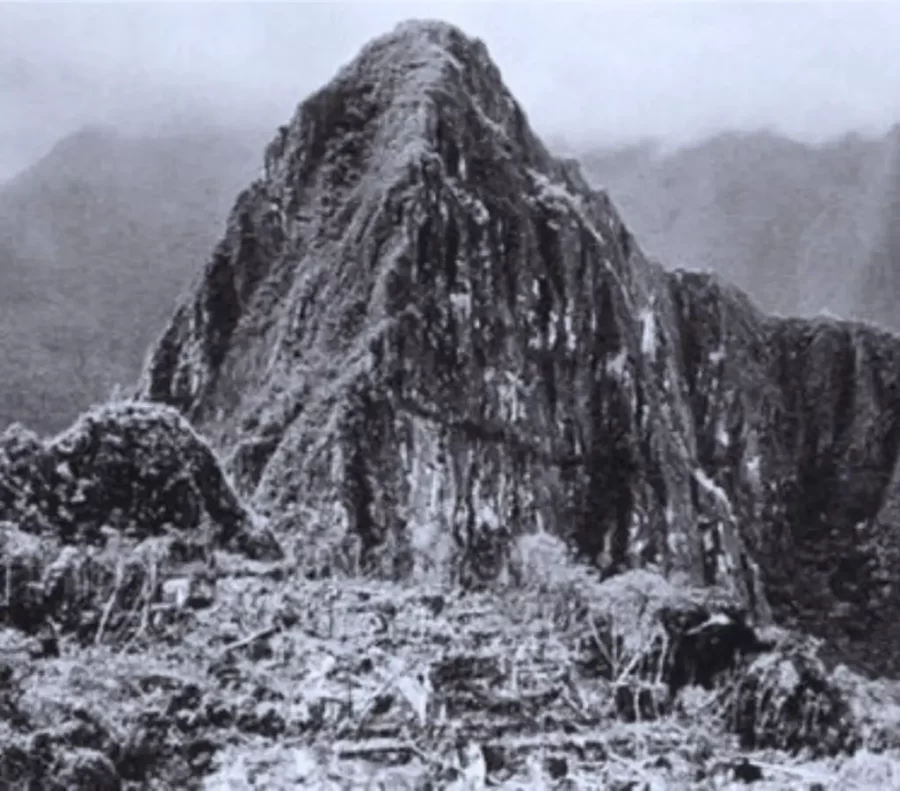
Practically, Hiram B. was impressed by so many wonders built, after his first discovery he returned in 1912, 1914 and 1915 with his team to explore in detail the site and all that surrounds it, knowing that before there were already signs of the presence of this citadel.
During the excavations 555 vessels, more than 200 bronze, copper and silver objects, utensils and stone tools were found, as well as 135 bodies, 109 of which belonged to women, 22 to men and 4 to children.
After that all the pieces that were found were taken to study them at Yale University and National Geographic Society with some time and then return them to the country, but it was not until 2011 that they decided to return, because the previous years when they promised to return they did not do it.
At the present time, Peru holds at least 5000 repatriated pieces, and we can find them in the Casa Concha Cusco Museum, which can be visited from Monday to Saturday from 9:00 a.m. to 5:00 p.m..
In conclusion, the Inca citadel Machu Picchu was rediscovered by Professor Hiram Bingham on July 24, 1911 and exposed to the whole world about its existence and importance it had in the Inca Empire, besides being considered one of the 7 wonders of the world.
If you want to know more about the findings that were found in the citadel of Machu Picchu you can visit the Casa Concha Museum in Cusco, or want to visit the Inca city itself write to our email ventas@terandes.com or send us a message to our WhatsApp +51 984 550 165 and we will contact you.
